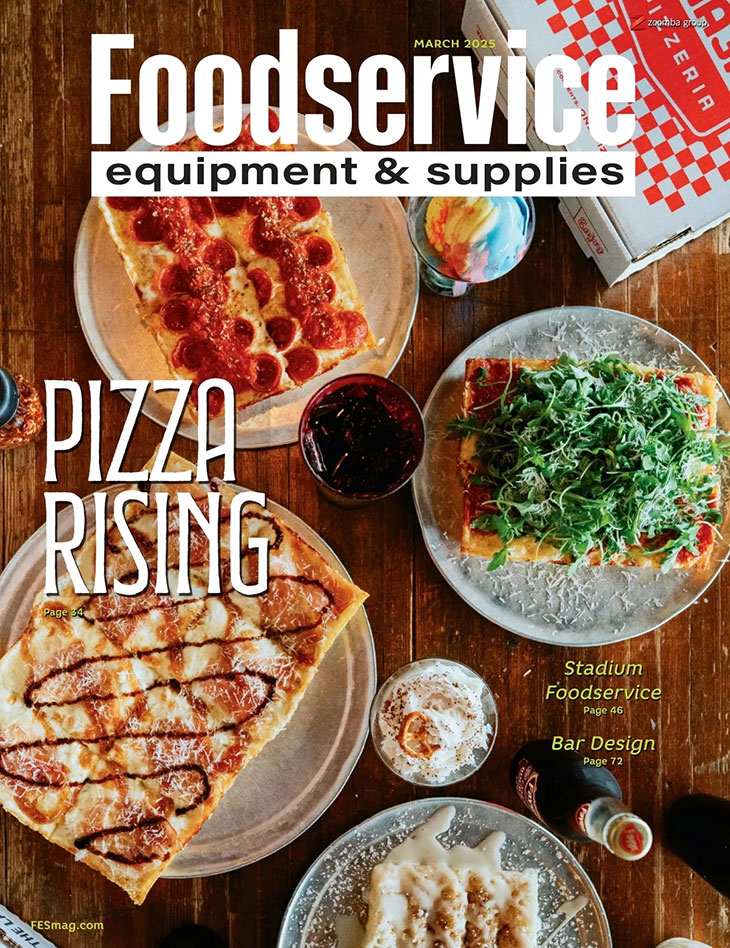It appears as if the lingering effects of COVID-19 will continue to suppress restaurant industry sales for at least one more year.
Consumers will spend $771.0 billion in restaurants in 2022, per forecast data from Chicago-based market research firm Datassential. This represents an increase from the $608.0 billion consumers spent in 2020 and the $701.4 billion they will spend this year, per Datassential’s projections. By 2023, consumers expenditures on prepared food and non-alcoholic beverages will total $817 billion.
“We are seeing these numbers coming back but it’s not necessarily the indication of a healthy business,” said Datassential’s Jack Li during the Aug. 19 webcast presentation of this data.
In terms of growth rates, industry sales declined 29.6% overall in 2020, per Datassential. This year, the industry will grow at a rate of 10.4% compared to last year’s total revenues and next year it will experience a 4.9% growth rate. In 2023, when the industry finally exceeds 2019 revenues, its overall growth rate will be 1%, per the Datassential data.
This being foodservice, each operating segment will feature a reality that differs from its peers. “If you would look at 2021 you would say the industry is doing great but it’s more complicated than that. The pandemic affected every segment differently,” says Datassentials’ Ann Golladay. “Every segment is starting from a different point.”
For example, by the end of 2022 sales at quick-service restaurants will be at 107% of the segment’s 2019 revenues, per Datassential. And grocery stores will see sales of prepared foods grow to 119% of 2019’s levels by the end of 2022. That grows to 125% by the end of 2023.
Fast casual represents an intriguing segment. For years, fast casual was the restaurant industry’s growth vehicle. More focused menus and higher quality food paired with speed of service drove revenues, new locations and more. Well, the pandemic seemingly impacted fast casual operations in a variety of ways. These operators began shifting their strategy, targeting more suburban locations and even began adding drive-thrus. Despite all of these changes, Datassential projects the fast casual segment will reach only 98% of its 2019 revenues by the end of 2022. “Fast casuals used to be the ones that QSRs tried to mirror. Now it’s the opposite,” Golladay added.
The non-commercial segment also offers its fair share of contrasting performance projections. For example, in healthcare, senior living will hit 100% of its 2019 revenue levels in 2022 followed closely by long-term care at 98%, per Datassential. Hospitals, in contrast, will only be at 88% of 2019 revenues by the end of next year. This is due to a variety of reasons, including the fact that a large portion of hospital foodservice revenue comes from people working on or visiting these healthcare campuses. As these employers continue to flesh out their return to work approach and policies about having guests on campus, expect these revenues to continue to evolve.
Along those lines, business and industry foodservice operations will reach only 76% of 2019’s sales by the end of 2022. And, according to Datassential’s projections, B&I will reach 81% of 2019’s revenues by the end of 2023.




